Sixty years on from one of Lancashire's most horrific accidents
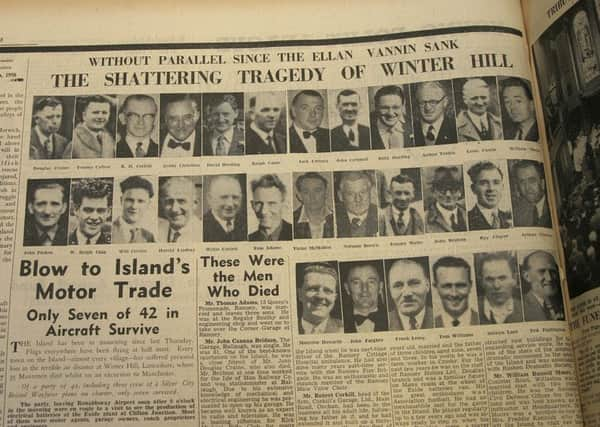

Another grim Gazette front page about a fatal air crash.
This time, it was much closer to home.
On February 27, 1958, the front page headline announced: “33 die as plane crashes on Lancashire TV station hill.”
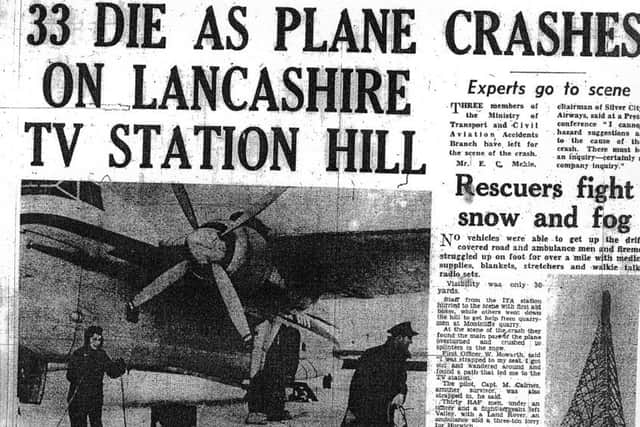

Next week marks 60 years since the devastating moment a Bristol 170 plummeted into the hill which housed the ITV station for the north west – Winter Hill, near Horwich.
Advertisement
Hide AdAdvertisement
Hide AdWeather conditions were atrocious, with deep snow, howling winds and blizzards sweeping across Lancashire. Just two days earlier, passengers on the 10.45pm train from Blackpool to Manchester had been stranded for the night in snowdrifts of around 10ft.
The Army had to answer an SOS from British Railways to keep the train lines open – 300 troops from North Midland districts were deployed in clearing tracks across the country.
The AA reported all main roads between Scotland and England were blocked on the English side of the border.
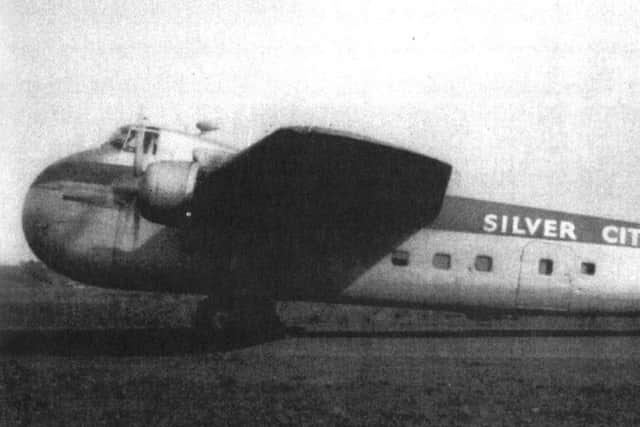

In the immediate aftermath of the fatal crash, no vehicles were able to get up the drift-covered road, and ambulance men and firemen struggled up on foot for more than a mile with medical supplies, blankets, stretchers and walkie-talkie radio sets. Snowploughs had to make a path for the ambulances. Visibility was down to just 30 yards.
Advertisement
Hide AdAdvertisement
Hide AdIn the early hours of February 27, 1958, a group of 35 motor industry workers from the Isle of Man had boarded the Silver City Airlines plane at the island’s Douglas Airport to tour the Excide Battery factor at Clifton junction, Manchester. Take-off was delayed for repair work to the navigational equipment but once the plane was airborne, flying conditions were fine until the aircraft crossed the Irish Sea.
As flight Charlie Sierra passed over the Lancashire coastline, the weather deteriorated rapidly, with visibility reduced to almost nil.
The hold-up leaving meant the aircraft was in a queue for a landing slot and was required to fly at 1,500ft – 2,000ft below its normal height, as it made it way inland.
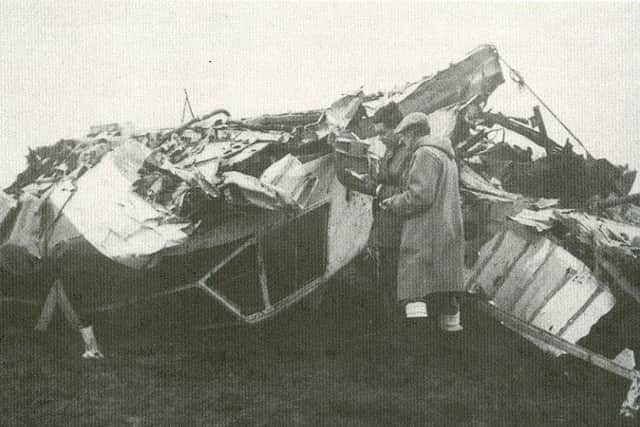

It was also miles off course.
Accident investigators revealed a navigational receiver had been set to the wrong frequency, which meant the aircraft was following the wrong directional beacon and heading towards Winter Hill.
Advertisement
Hide AdAdvertisement
Hide AdWithout the benefit of modern day navigation, the crew was flying blind.
Just a faint whooshing sound was all a six-strong team of engineers working on Winter Hill’s TV mast heard of the crash. Through the howling winds and driving snow, the noise was barely audible. Then came an agitated knock at the door.
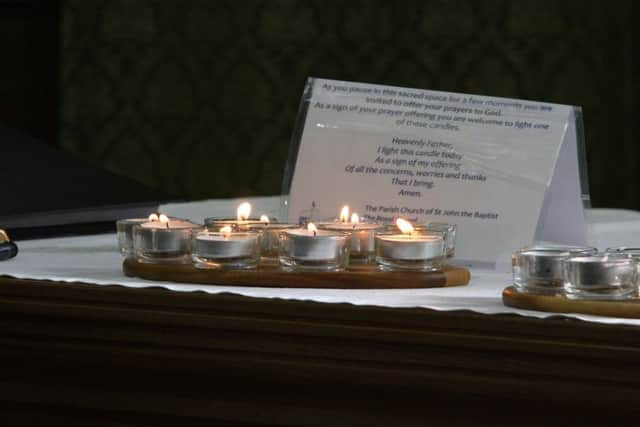

First officer Bill Howarth, his face caked with blood, staggered in and asked for help.
Staff from the ITA station had hurried to the scene of the accident, with first-aid boxes, while others went down the hill to get help from quarry men at Montcliffe Quarry.
Advertisement
Hide AdAdvertisement
Hide AdWhen the team got to the crash site, they found the main part of the plane overturned and crushed to splinters in the snow.
According to reports at the time, the aircraft cart-wheeled for several hundred yards after it flew straight into the hillside. As the plan disintegrated, passengers were flung from the wreckage.
Thirty-five people lost their lives – 27 wives lost husbands, and 33 children, some unborn at that time, lost a father. Seven people survived.
In 2008, hundreds of people attended events both in Lancashire and on the Isle of Man, to commemorate the 50th anniversary of the crash.